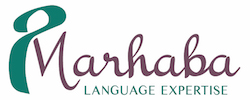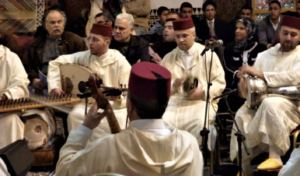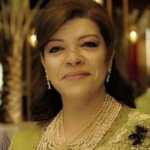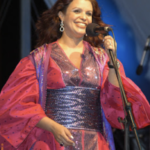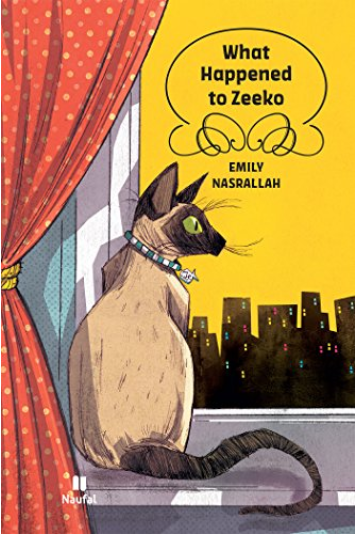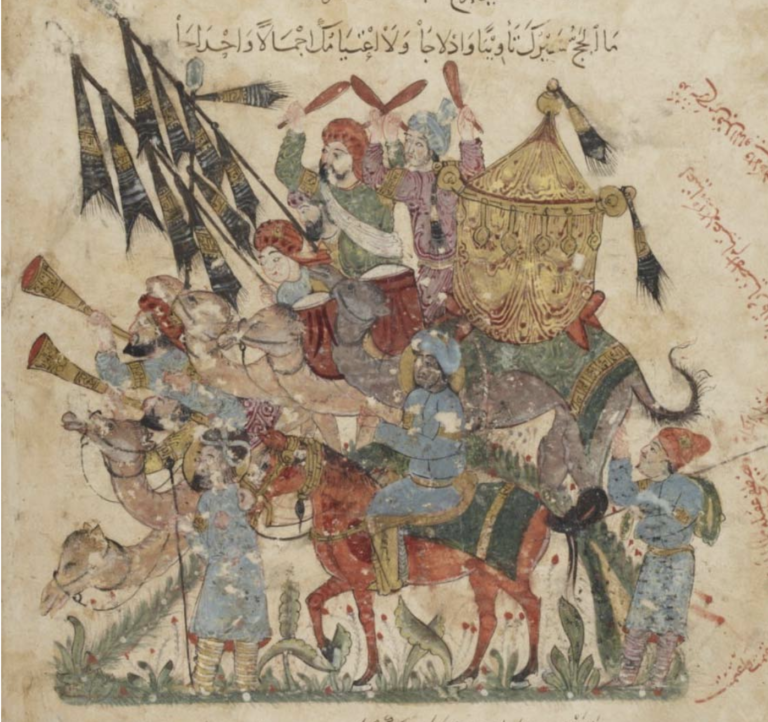Women in Moroccan Classical Music
Guest Post by Houda Elfchtali | Meknes, Morocco
Arabic version here | انظروا هنا للنسخة العربية
Long excluded from the world of music–history makes no mention of female Moroccan artists before the 1940s–Moroccan women had to fight to be able to express their talent. There were eventually some developments in this arena, with national music conservatories opening to women in the early 1940s in Fez, Tetouan, Marrakech, Rabat, Meknes and Casablanca. Some talented students even became teachers in these institutions.
These national conservatories allowed Moroccan women to demonstrate their sensitivity for music, from players of stringed instruments such as qanun (also canun), lute, and snitra to singers who shared this musical heritage through their sublime voices. They also recognized the important role of women in the transmission of art, which for a very long time was a domain reserved exclusively for men.
Founded in 1940, the Tetouan Conservatory contributed to the training of a whole generation of female Tarab singers. Abdessadek Chekkara (deceased in 1998), indisputable master and creator of a new style of popular expression, fervently promoted the name of Mennana l-Kharraz, who he considered to be his inspiration in art.
Contributing to the establishment of the genre of female music in the arts scene in Meknes, the great master Mohammed Houari, former director of the National Conservatory and conductor and founder of the Chorale de Meknes, established an original musical tradition dedicated to the memory of Andalusian music and Malhun tarab interpreted by women. In this endeavor, he drew on the expertise of his wife, Hayat Boukhris. A great singer of international renown, for her talent and incredibly versatile voice, her concerts build a strong connection between Morocco, the Mashriq (Eastern Arab region), and the Mediterranean. The songs she interprets originate in the repertoires of Malhun, Gharnati, and Arab-Andalusian nubas of the 8th century, preserved thanks to the musical heritage of the Maghreb, where they are together considered classical music.
“The principal instruments that belong to this heritage, such as the rabab, the oud, the qanun, and the ney [flute], date back to the glory days of the Andalusian-Maghreb civilization,” explains Hayat Boukhris, academic and professor of music and the art of Malhun at the Conservatory of Meknes. She focuses on the preservation of these musical genres, which represent a blending of many influences throughout the Maghreb, Andalusia, and the Mediterranean region.


Boukhris was raised listening to the rhythms and beautiful poetry of Malhun and Andalusi music, two styles that she inherited from her ancestors, poets and musicians known for their refined words and subtleness of their melodies. Having received several prizes for her musical interpretation in the Maghreb, Cairo, and Europe, she teaches that the seeds of this artform were sown in a fertile land that has continued to appreciate this heritage.
Lahboul Music Conservatory is located in a riad, a traditional Moroccan house previously known as House of the Pashas (Dar lbachawat), an artistic monument of great value in Meknes. Today it faces potential ruin, due to the neglect of municipal authorities. This space has given birth to many beautiful female voices who have represented the city in large cultural events.
Majda El Yahyaoui is one notable example. A distinguished singer of Malhun and native of Meknes, she graduated from the well respected school of the late master Lhoucine Toulali and trained under great masters including Lkhomssi, Elkhayati, and El Ouadie. Majda is recognized in Morocco and beyond for her gentle voice, well-suited to the rhythms of Malhun. She is also host and presenter of the program Chada AlAlhane on 2M, a program that has contributed for years to the promotion and influence of Moroccan art.
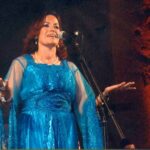

No less important is the contribution of Laila Lamrini. Nourished by Malhun in Meknes from a very young age, she remains passionate about this artistic and cultural heritage. She perseveres as a singer and teacher of Malhun, which she describes as “the noblest form of artistic expression and a symbol of Moroccan artistic identity.”
Once present only in North Africa and Jewish communities originating from North Africa, Andalusian music and Malhun have since grown in popularity and are now being enjoyed in many other regions of the Mashriq and the Mediterranean.
Houda Elfchtali | Moroccan poetess, translator and columnist. Founder of “Houda’s Poetry Circle.” Active member of The League of African Women Writers, member of The Union of Moroccan Writers, Delegate of 100 Thousand Poets for Change, and Actrices Culturelles. Author of poetry collections My Words and Worlds, Shades of my Soul, The Edge of the Blue, and Femmes Ecrites and contributed to more than 12 international anthologies.
